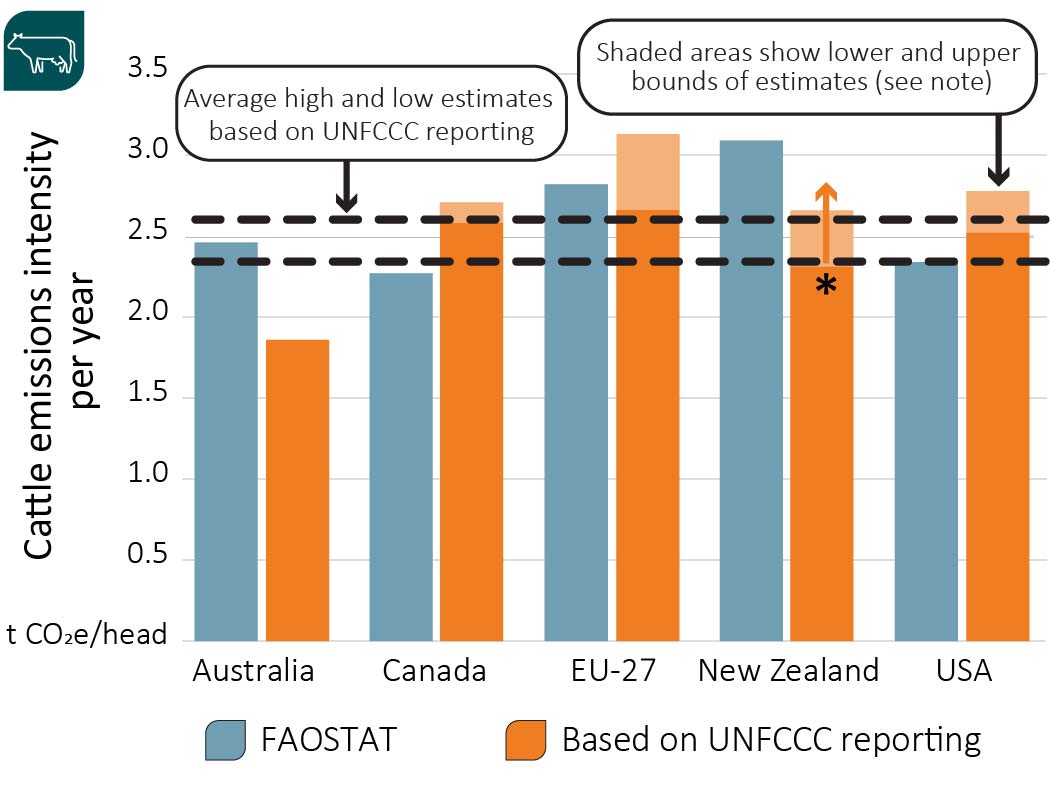Alistair Read, Jasmine Rollan, Christian Creed, James Fell
Overview
Environmental sustainability has become a large part of discussions in international trade, particularly in light of the increasing focus on the environmental harm caused by agricultural support policies.
Understanding environmental sustainability requires an understanding of the diversity of natural environments and agricultural production systems.
A one-size-fits-all approach does not recognise this diversity.
This paper shows that it is pivotal to develop agri-environmental measurements that account for these differences and provide more accurate international comparisons.
It shows that Australia has strong sustainability credentials compared to many other major agricultural producing countries.
Key Findings
- Australian agriculture has an internationally enviable environmental sustainability record.
- Australia’s use of pesticides and fertilisers are amongst the lowest in the world, tillage practices are minimally disruptive to biodiversity, environmentally harmful subsidies are practically non-existent, and Australia has shifted large swathes of land out of agriculture and into conservation.
- Australia’s emissions intensities are below average for cattle, specialist beef production, and grains compared to major developed country producers and exporters, and Australia has reduced agricultural emissions more, percentage-wise, than most other developed countries in the last 30 years.
Download the report
Environmental Sustainability and agri-environmental indicators – international comparisons with errata (PDF 2.21 MB)
Environmental Sustainability and agri-environmental indicators – international comparisons with errata (DOCX 6.68 MB)
If you have difficulty accessing these files, visit web accessibility for assistance.
Supplementary download
Read the methodology paper that underpins the provision of an accurate evidence.
A Methodology for Improved Estimation of Agricultural Emissions Intensities (PDF 576 KB)
A Methodology for Improved Estimation of Agricultural Emissions Intensities (DOCX 2.7 MB)
If you have difficulty accessing these files, visit web accessibility for assistance.


